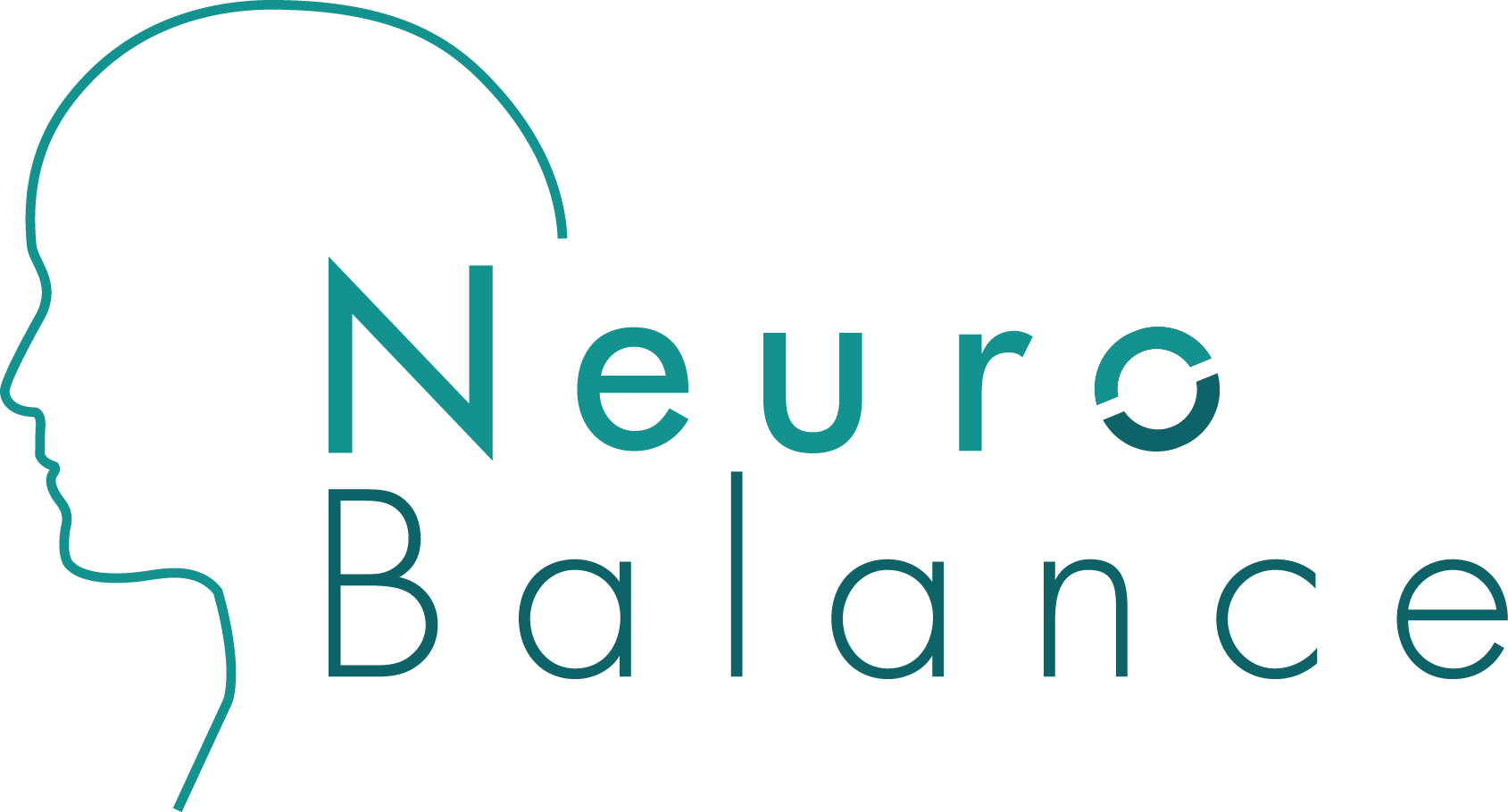Unlocking the Enigma of Human Temporal Lobes: A Comparative Analysis Among Primates
The intricate workings of the human brain continue to captivate scientists and enthusiasts alike. Among the many regions that make up this complex organ, the temporal lobes stand out as a fascinating enigma. These temporal lobes, located on each side of the brain, play a crucial role in various cognitive functions, including memory, language, and emotion processing. What makes them truly intriguing is their remarkable size when compared to those of other primates.
In our quest to understand the essence of our humanity, neuroscience has made significant strides in uncovering the differences in temporal lobe size among primates. This article delves into the comparative analysis of human temporal lobes in relation to those of our primate relatives, shedding light on how these differences may have influenced our behaviors, survival, and habits.
Comparing Temporal Lobe Sizes
The human brain is undeniably unique in its complexity and capabilities, and the size of the temporal lobes is no exception. Neuroscientists have long been fascinated by the significant expansion of the human temporal lobes compared to other primates. Research, including studies featured in Neuroscience News and other reputable sources, has provided valuable insights into these differences.
Humans vs. Chimpanzees
When we compare the size of the temporal lobes in humans to our closest living relatives, chimpanzees, the contrast is striking. Human temporal lobes are significantly larger, making up a more substantial portion of our brain. This expansion is particularly evident in areas associated with language processing and memory formation.
Implications: The larger temporal lobes in humans may explain our unparalleled linguistic abilities. It is believed that the expansion of these brain regions allowed for the development of more complex language and communication skills, setting us apart from other primates.
Humans vs. Macaques
Extending our comparative analysis to a broader range of primates, we find that humans also exhibit larger temporal lobes when compared to macaques. Macaques are Old World monkeys that share a common ancestor with humans but diverged evolutionarily millions of years ago.
Implications: The size difference in temporal lobes suggests that these brain regions have evolved over time, potentially playing a pivotal role in our ability to form and store memories, navigate complex social structures, and adapt to ever-changing environments.
Behavioral and Survival Implications
The size of the human temporal lobes carries profound implications for our behaviors, survival, and habits:
Memory and Learning: The expanded temporal lobes in humans likely contribute to our advanced memory and learning abilities. This capacity to retain and process information has allowed us to accumulate knowledge over generations, resulting in the development of intricate cultures and technologies.
Social Complexity: The intricate social structures and relationships observed in human societies may be closely tied to our enlarged temporal lobes. These brain regions are essential for recognizing and interpreting facial expressions, emotional cues, and vocal nuances, enabling us to navigate complex social dynamics.
Communication and Language: Perhaps the most significant impact of larger temporal lobes is on our linguistic prowess. These brain regions house critical language-processing centers, allowing us to develop and use languages for communication, cooperation, and knowledge sharing on an unprecedented scale.
Future Understandings
As we continue to explore the mysteries of the human brain, the differences in temporal lobe size among primates remain a subject of intense research. Future studies may delve deeper into the genetic and environmental factors that drove the expansion of these brain regions in our evolutionary history.
Understanding the significance of our temporal lobes not only sheds light on what makes us uniquely human but also paves the way for advancements in neuroscience, cognitive psychology, and even artificial intelligence. By unraveling the intricacies of our temporal lobes, we inch closer to comprehending the essence of human cognition and what sets us apart from our primate relatives.
The size difference of human temporal lobes compared to other primates is a testament to the intricacies of human evolution. These differences have had profound implications for our behaviors, survival, and habits, and they continue to fuel our quest for a deeper understanding of the human brain and the origins of our exceptional cognitive abilities.
-A Balanced Brain is a Better Brain for a Happier Life-
